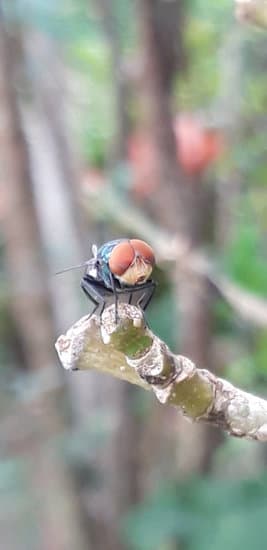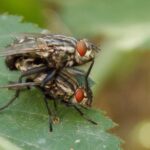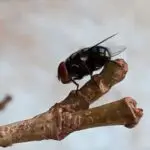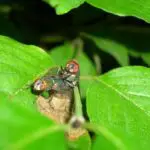How Do Flies Mate to Lay Eggs?
Flies have a complex reproductive system. During mating, the female flies will place their ovipositor into the male’s genital opening, which is at the bottom of his abdomen. The ovipositor is a long, thin tube that extends from the female’s abdomen. The ovipositor remains hidden when the two flies are not mating. Once mating has been completed, the male fly’s sperm travels through the female’s reproductive tract to fertilize the eggs. This process can last between 30 minutes and two hours.
Normally, the neurons that prompt the female fly to lay eggs are inhibited, meaning they do not send messages to the other neurons in her body until mating occurs. However, a protein found in the male fly’s sperm is able to remove these inhibitory signals, thereby unblocking the egg-laying pathway. The researchers were able to trace a neural pathway that links sensory neurons that detect mating to command neurons that trigger egg laying.
The adult fly will live about twenty-eight days, but some species can reach 30 days. The adult fly will require food before it copulates, and it will take between two and fifteen minutes for each fly to complete the process. Female flies need protein to survive, so manure and other non-food sources are inadequate.
Flies often lay eggs on leftover food. Whether this is old food in the fridge or small crumbs from a large meal, these crumbs are perfect breeding grounds for flies. Eventually, the eggs will hatch and produce several generations of the pest. If you find food that has been left out for long periods, it is best to get rid of it.








